- Home
- Machining techniques
- CNC Machining Services
- Cooperative supply services
- Designs
- Materials
- Finishing Services
- Shop
- Products
- Guide
- About Us
- Contact Us
2020.4.22
It’s significant to find a reliable and cost-effective CNC machining manufacturer as a long-term cooperation partner, which provides quality and durable products and services for you to expand the business. Considering the related elements, here we’ll discuss what factors affect CNC machining cost and how to reduce or minimize the prices of CNC machining parts.
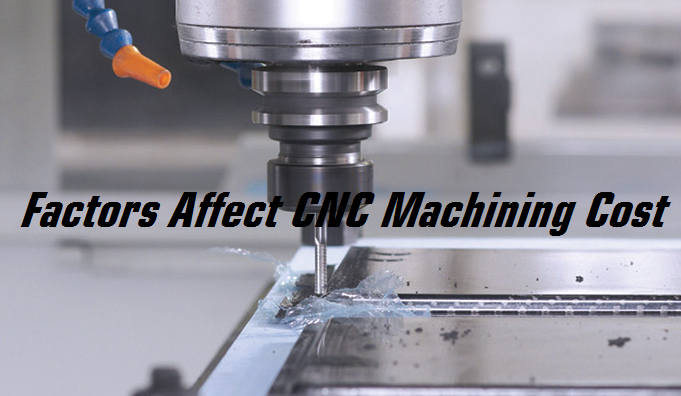
The production time and cost of material will determine the prices of CNC machining parts, before you find a CNC machining company, you can understand the factors affecting the CNC machining cost. In order to provide cost-effective service and quality products, our engineers will check and review your design after receiving the project and then choose the most economical production solution.
1. Quantity
The number of CNC parts in one order will influence the total cost, generally, the larger the quality, the higher the machining cost, but each additional unit will be cheaper, which means that large volume orders will increase the overall cost but reduce the price per unit. For the same parts, one workpiece requires multiple operations and steps until finished production, if all the setups and tools only used to run a prototype sample, all of the cost must be allocated to the one part, while if the same operations and setups are used to run a large batch of the same parts, the total cost can be allocated over all of the pieces and the price per unit is saved to the maximum extent.
2. Material
The selected materials will affect CNC machining cost through two ways: cost of raw materials and cost of processing. The price of raw materials is depending on its own value and how rare it is, experienced procurement engineer will have a basic understanding for common machining materials, like metals (brass, aluminum, steel, copper, stainless steel), and plastic (PVC, ABS, PC, Nylon, Delrin), their prices are varying as the types of materials. The expensive materials may have better performances and more durable to use. In addition, the materials that are hard to machine will be more expensive in manufacturing cost than other types, the material has poor machinability will also increase the cost. For example, aluminum, ABS are easy to cut, while titanium and stainless steel are harder to process. Engineers can choose the right materials according to the production applications, requirements, and lifespan.
3. Equipment
CNC manufacturing machines and equipment, as well as tools or other products also have a great impact on the cost of CNC parts. Nowadays, modern machines are not cheap, especially equipment with multiple functions, like the 5-axis machining centers. The simpler machines will cost less in unit time. The capabilities, models, and sizes also add up to the factors that reflect on the cost. For example, the production cost of ordinary CNC lathe will be lower than the vertical CNC lathe, and the CNC machining center will cost more than milling machine.
4. Geometry and Design
Part geometry will affect the CNC cost in many aspects. The larger the part, the more materials will be needed in the manufacturing process, which increases the cost. On the other hand, the more complex the part is, the machining process is more difficult, and the production cycle will be longer, also add the cost. The design with features easier to work with will be simpler and save much time, contrarily, if there are some designs the tool is difficult to complete or requires multiple operations to complete, the part will be processed slower and even need to discard.
5. Additional Process
Some machined components need to be treated with additional treatment, multiple second manufacturing, or surface finishing, all of these will increase cost, and if the final product requires to add some details and features to the interior/exterior surface, the last product will be absolutely more expensive.
6. Tolerance and Precision
Tight tolerance and high precision always comes up with higher prices of CNC machining. Generally, the part does not need to set up unique tight tolerances unless it’s necessary in specific situations, so designers should submit the drawings based on the production function. Tight tolerances usually are reserved for where the part interfaces with others. Other than that, tight tolerances are particularly tough to achieve on the internal surfaces of your part, and machining holes or cavities may develop burrs, which takes extra time to remove. Typical tolerance of CNCLATHING products is +/-0.02mm or according to customer needs.
7. Labor cost
Labor cost is depending on lots of factors, different areas and different industries have different labor costs, but for CNC manufacturing, Guangdong, China is an ideal location for the production and development of CNC products and services.
In addition, the machinist skill, run frequencies, inspection criteria, taxes, environmental, regulations, and more factors will have an impact of the CNC cost.
After understanding the factors affecting the machining cost, the methods to reduce and minimize the price should based on these areas.
1.Design and geometry.
– Avoid deep cavities
– Rounded internal corners
– Make sure the radius of your internal corners is at least 1/3 the depth of the cavity
– Decrease thin wall (metal parts is better with walls thicker than 0.8 millimeters, plastics can choose 1.5 millimeters)
– Limit the thread length (set a maximum length of three times the hole diameter)
– Avoid small features with high width-to-height aspect ratio
– Optimize tapped holes
2. Tolerance
– Reduce the use of tight tolerance
– Use standard tolerance of ±0.125 millimeters or better
– Eliminate all unnecessary decimal points from your design
3.Tool
– Leverage standard drill sizes (check out the drill bit size and tap size chart)
4.Additional treatment
– Avoid multiple surface treatment
– Choose the as-machined finish
5.Others
– Choose larger amounts orders
– Select more economical location
– Machine shop with proficient machinist skill is better
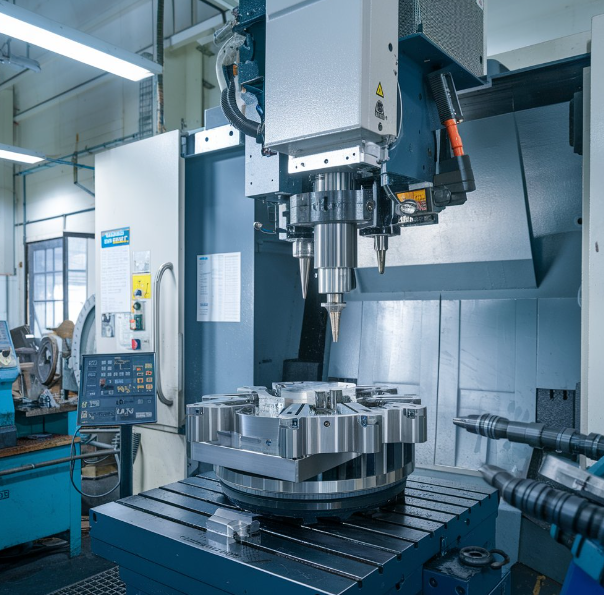 Why Choose China CNC Machining and How to Find the Best CNC Machining Manufacturer
Why Choose China CNC Machining and How to Find the Best CNC Machining Manufacturer
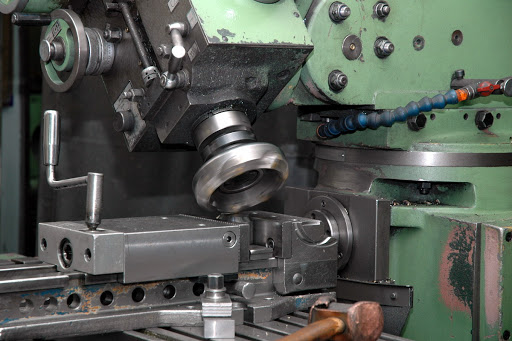 CNC Machining Vs Conventional Machining – Difference Between CNC Machining And Conventional Machining
CNC Machining Vs Conventional Machining – Difference Between CNC Machining And Conventional Machining
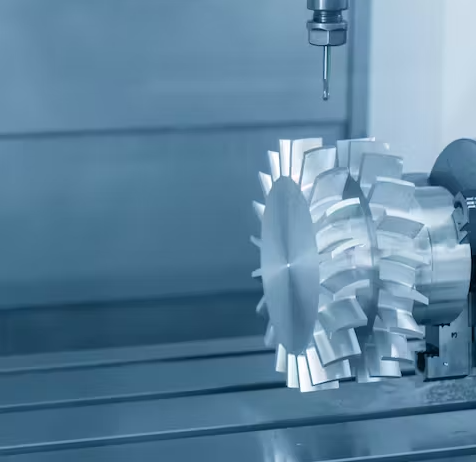 CNC Machining VS Manual Machining: What is the Difference Between CNC and Manual Machining
CNC Machining VS Manual Machining: What is the Difference Between CNC and Manual Machining
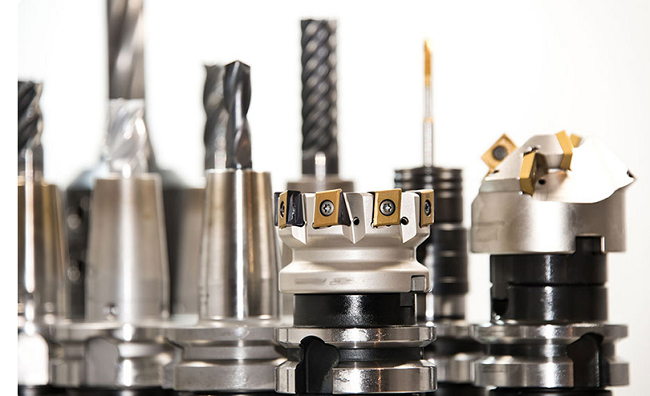 Top 12 CNC Machining & Programming Experiences | CNCLATHING
Top 12 CNC Machining & Programming Experiences | CNCLATHING
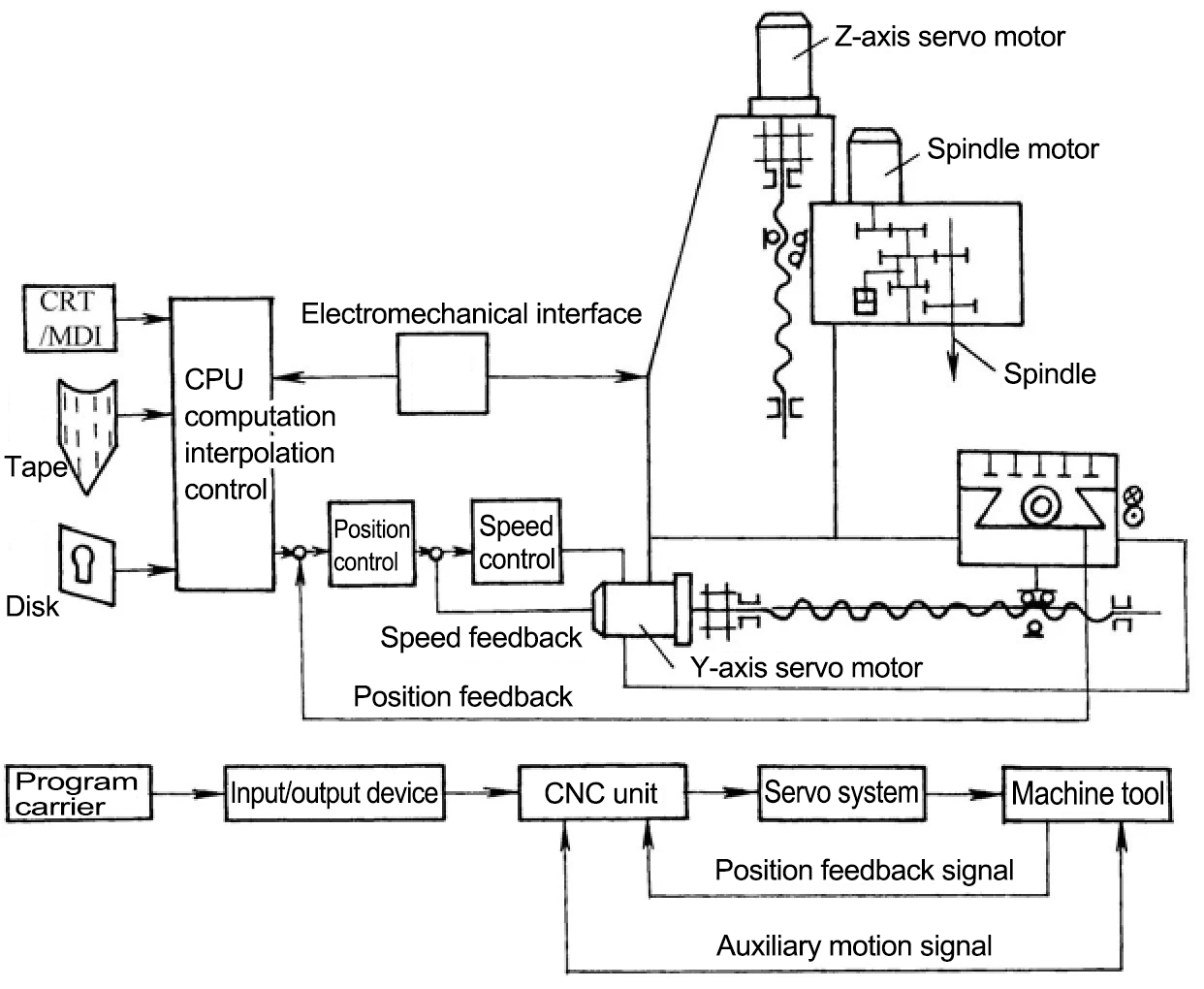 CNC Machine Block Diagram: Systems & Components (Parts) of CNC Machine
CNC Machine Block Diagram: Systems & Components (Parts) of CNC Machine
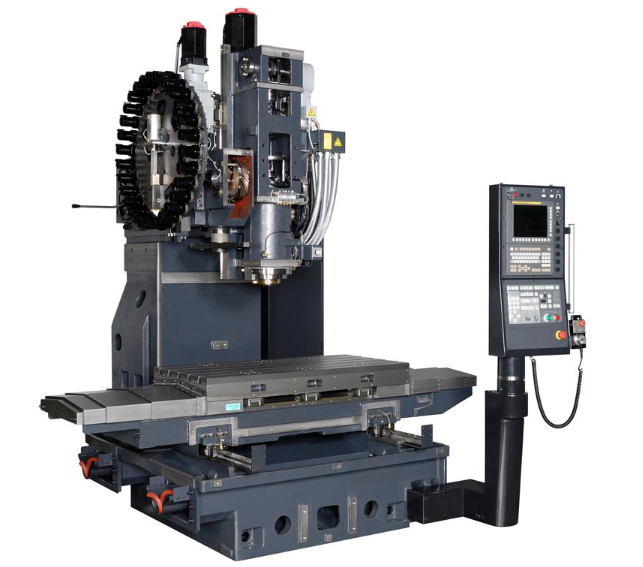 What is CNC Vertical Machining Center – VMC Machine Applications & Difference Between Horizontal Machining Center
What is CNC Vertical Machining Center – VMC Machine Applications & Difference Between Horizontal Machining Center
